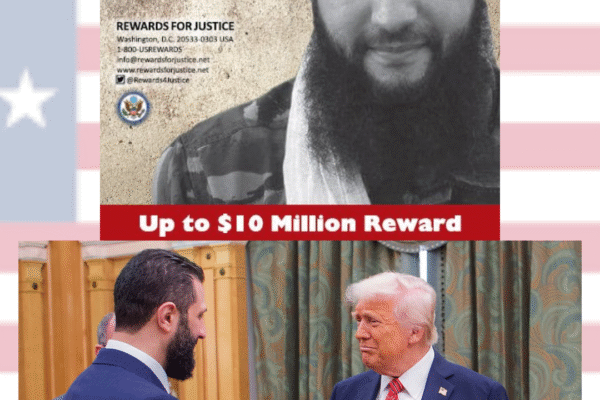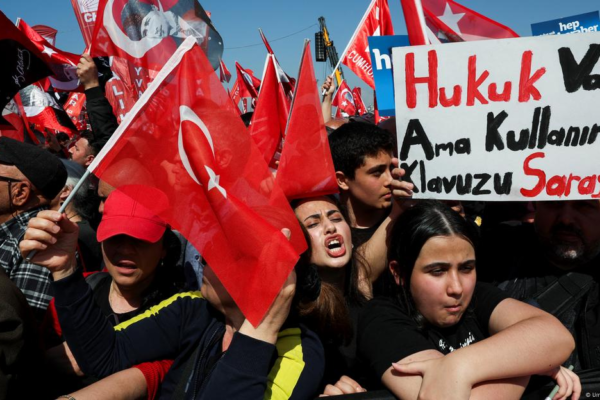US, UK sanction Cambodian conglomerate, alleging role in scam networks
The U.S. and British governments on Tuesday announced a sweeping crackdown on cyber-scam networks in Southeast Asia accused of luring workers with fraudulent job ads or fake romantic relationships, forcing them to extract billions from people across the world through a range of deceptions, then laundering the money they received. The U.S. Treasury Department said it had targeted 146 people in the Prince Group, a multibillion-dollar Cambodian conglomerate, including its 38-year-old leader Chen Zhi. “The rapid rise of transnational fraud has cost American citizens billions of dollars, with life savings wiped out in minutes,” U.S. Treasury Secretary Scott Bessent said in a statement. U.S. citizens lost $10 billion to Southeast Asian scammers in 2024 alone, the statement said. Chen was charged with wire fraud conspiracy and money laundering in an indictment unsealed Tuesday in a federal court in Brooklyn. The U.S. seized around $15 billion in bitcoin allegedly used in money laundering operations. In a statement, the U.S. Justice Department called the move its largest-ever forfeiture action. British officials say they have frozen Prince Group assets that include a mansion, an office building and other properties in London, with a goal of “locking Chen and his network out of the UK’s financial system,” the U.K.’s foreign office said in a statement. “The masterminds behind these horrific scam centres are ruining the lives of vulnerable people and buying up London homes to store their money,” U.K. Foreign Secretary Yvette Cooper said. An email sent to the Prince Group’s press inbox requesting comment was returned as undeliverable. An RFA investigation last year detailed allegations of brutal treatment of workers at the Golden Fortune Science and Technology Park, a Prince Group-linked compound in Chrey Thom, a border town in southeast Cambodia. Employees and former employees described workers enticed with promises of high-paying jobs who were allegedly confined and beaten if they underperformed or tried to escape. RFA reporters charted the rise of Chen from his emigration from China to Cambodia, his founding of the Prince Group in 2015, its role in growing the coastal city of Sihanoukville into a haven for Chinese casinos, its deepening political connections and allegations of criminality. The investigation also found that Prince Group moved millions of dollars around the world in a way that experts said bears hallmarks of money laundering. Golden Fortune Resorts World is among the companies that were impacted by the U.S. and U.K. sanctions Tuesday. Also impacted were the Jin Bei Group, an entertainment and hospitality business that owns a casino in Sihanoukville and is alleged to also operate scam centers, and Byex Exchange, a cryptocurrency platform. Includes reporting from Reuters. We are : Investigative Journalism Reportika Investigative Reports Daily Reports Interviews Surveys Reportika







